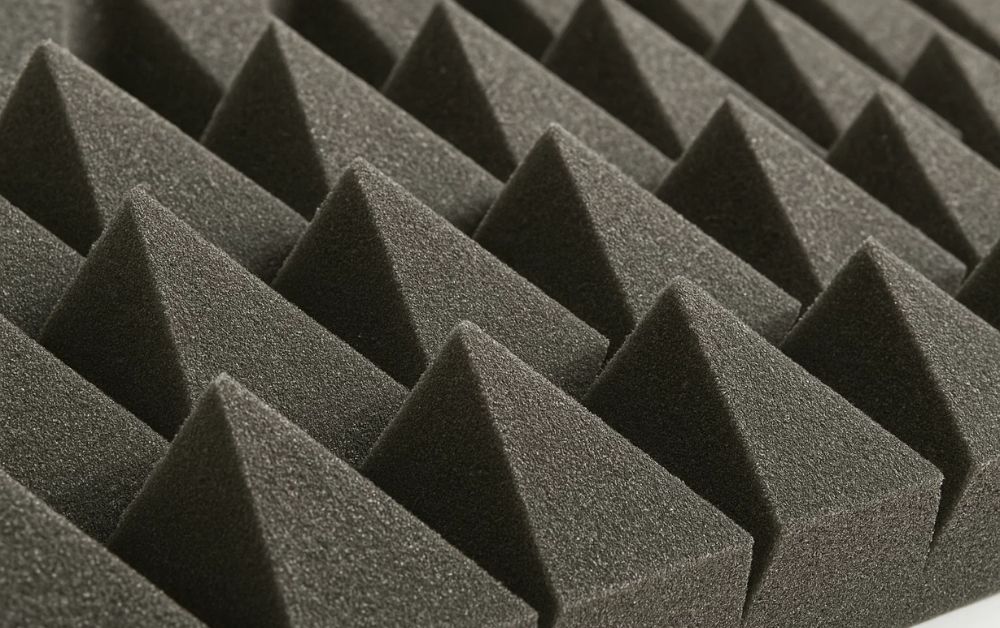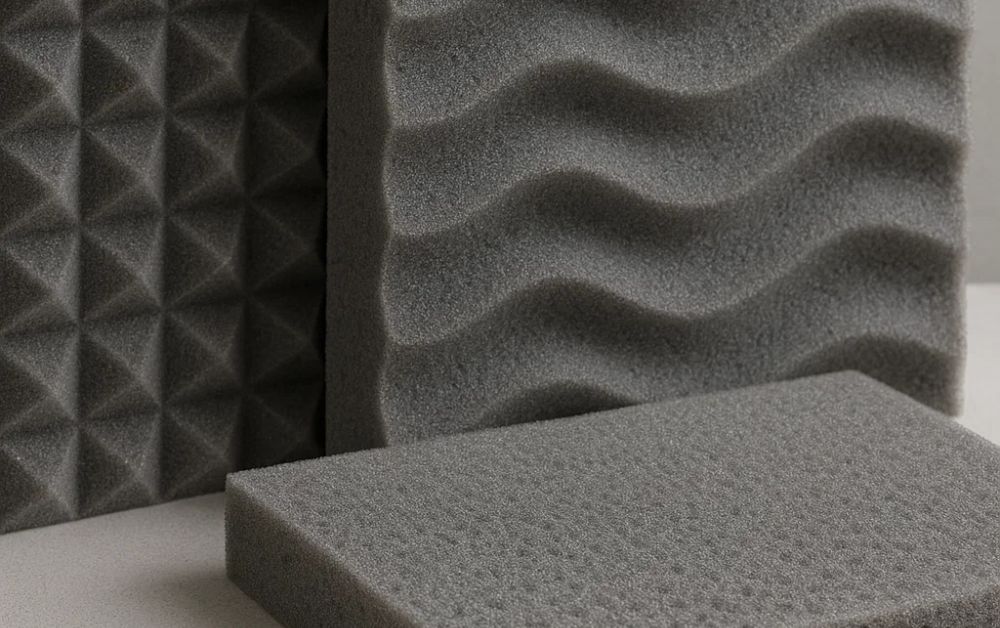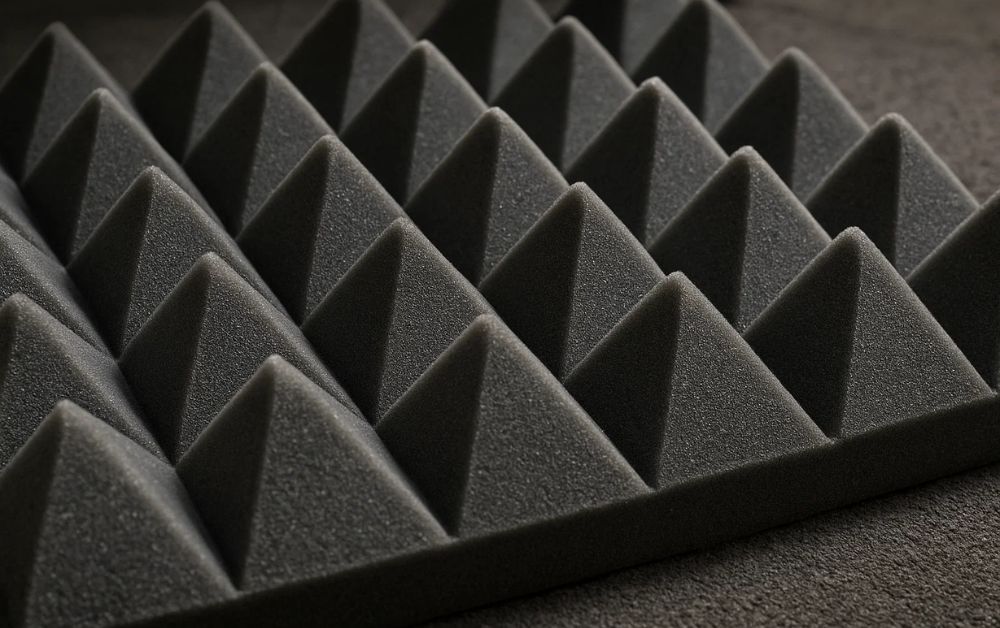Acoustic treatment is essential for creating high-quality sound environments in studios, home theaters, offices, and recording spaces. Among the most popular solutions for sound management are Acoustic Foam Panels. They help control echo, reverberation, and noise reflections, ensuring clearer audio and improved acoustics. However, improper installation can reduce their effectiveness and even cost you more in the long run. In this blog, we’ll explore seven common mistakes to avoid when installing Acoustic Foam Panels.

1. Ignoring Room Assessment
Many people make the mistake of installing Acoustic Foam Panels without first assessing their room. Every space has unique acoustic challenges depending on size, shape, and furniture placement. Skipping this step can lead to ineffective sound treatment.
Tip: Conduct a room analysis to identify areas with the most sound reflection. Focus on corners, walls, and ceilings where echoes are most likely to occur.
2. Covering the Entire Wall
While it may seem logical to cover all walls with Acoustic Foam Panels, this is unnecessary and often counterproductive. Over-treating a room can make it sound “dead,” removing natural resonance and warmth.
Tip: Apply panels strategically. Target primary reflection points first, such as the walls directly facing speakers or sound sources. Balance is key.
3. Using the Wrong Type of Acoustic Foam
Not all Acoustic Foam Panels are created equal. Some are designed for mid to high-frequency absorption, while others target low-frequency sounds. Choosing the wrong type can leave certain noises untreated.
Tip: Use a combination of foam types if needed. Bass traps are ideal for low frequencies, while wedge or pyramid foam works well for higher frequencies.
4. Poor Installation Techniques
Incorrect mounting of Acoustic Foam Panels can reduce their efficiency. Using inappropriate adhesives or failing to properly attach panels may result in them falling off or not being positioned at optimal angles.
Tip: Use recommended mounting techniques such as double-sided tape, spray adhesive, or Velcro strips. Ensure panels are firmly secured and evenly spaced for maximum effect.
5. Ignoring Corners and Ceiling
Many beginners focus only on walls and ignore ceilings or corners, where sound reflections are significant. This oversight can leave unwanted echoes that interfere with sound clarity.
Tip: Install panels on key corners and consider ceiling clouds or hanging foam panels to control vertical reflections. Corners, in particular, are excellent locations for bass traps.
6. Not Considering Room Function
Another costly mistake is failing to consider the room’s primary function. A home theater may require different acoustic treatment than a music recording studio. Using a one-size-fits-all approach with Acoustic Foam Panels can lead to underperformance.
Tip: Tailor your acoustic foam setup to the room’s purpose. Prioritize sound absorption in recording areas and balance absorption with diffusion in entertainment spaces.
7. Overlooking Maintenance and Durability
Finally, neglecting the longevity of your Acoustic Foam Panels can lead to additional expenses. Foam can degrade over time if exposed to sunlight, moisture, or dust. Poor maintenance may reduce effectiveness and require frequent replacements.
Tip: Choose high-quality foam panels that are resistant to environmental factors. Regularly clean and inspect panels to maintain their performance.
Conclusion
Installing Acoustic Foam Panels can dramatically improve sound quality and comfort in any space, but avoiding these seven costly mistakes is essential for achieving the best results. Proper room assessment, strategic placement, and using the right type of foam are all critical steps in effective acoustic treatment. For those seeking expert solutions and premium-quality products, Perfect Acoustics shines as a trusted provider, offering top-of-the-line Acoustic Foam Panels that deliver both performance and durability, ensuring your space sounds perfect every time.


